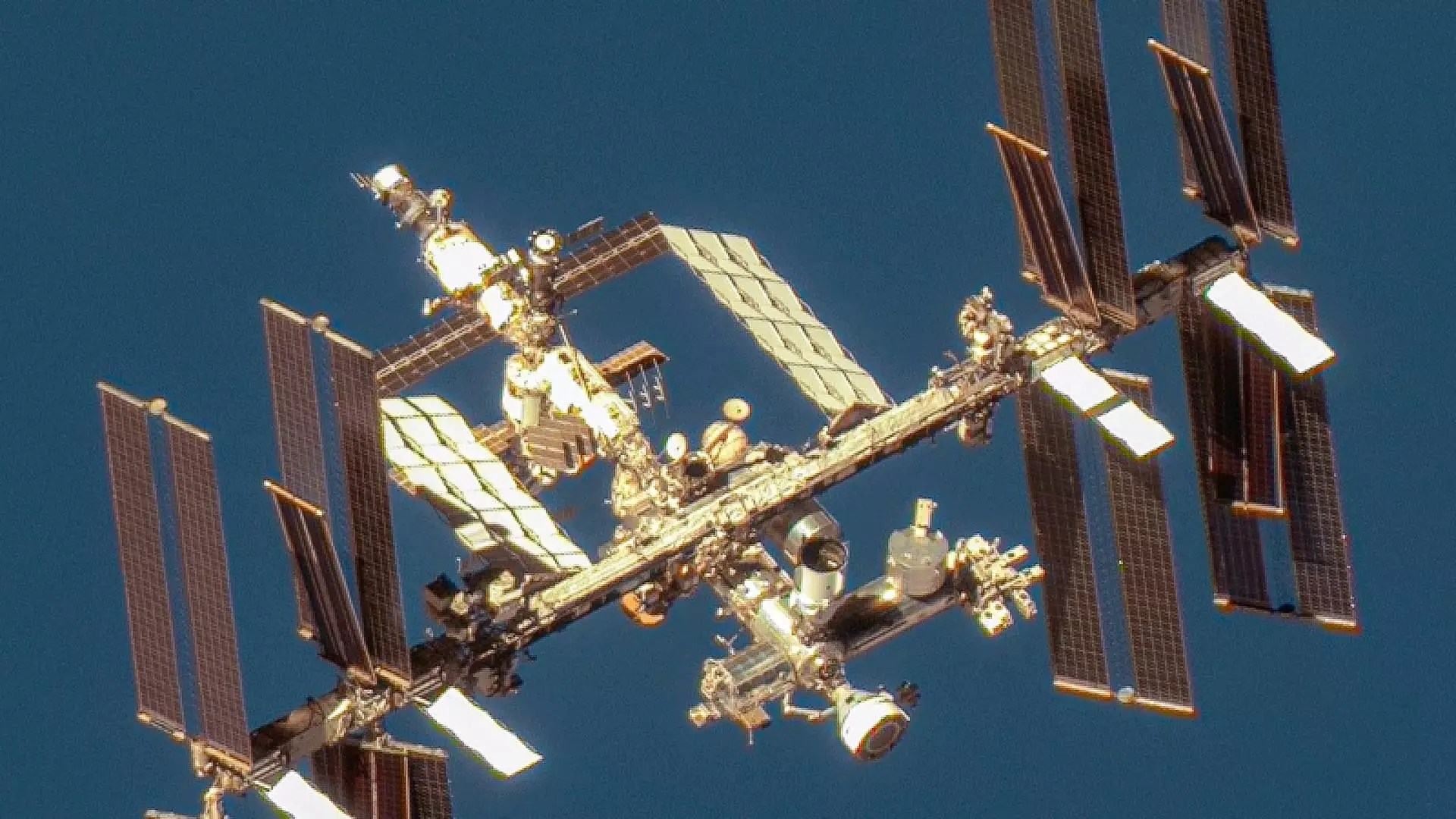Boeing’s Starliner capsule, named “Calypso”, has been granted an extended stay at the International Space Station, NASA revealed recently. Originally intended for a nine-day mission, the Starliner’s stay has now been extended for at least 17 days due to the need for further spacecraft testing while docked at the ISS. This extensive testing is part of Boeing’s crew flight test, marking the first time that Starliner is carrying crew members on board.
While at the ISS, Calypso will undergo a series of tests including the operation of the capsule’s hatch, firing seven of its thrusters, and monitoring the cabin air temperature. These tests are crucial for ensuring the spacecraft’s readiness for crew members to return back to Earth safely. NASA, in coordination with Boeing, is finalizing departure planning and operations to facilitate a smooth return.
NASA also mentioned that Starliner will undergo some ‘safe haven’ testing, although the specific details were not provided. Safe haven testing involves using the spacecraft as a shelter for astronauts in case of an emergency on the ISS. The spacecraft has been cleared for crew emergency return scenarios, highlighting the importance of safety protocols during space missions.
Despite a successful launch, the Starliner mission encountered several challenges upon docking with the ISS. Multiple helium leaks were detected in the propulsion system, with additional leaks emerging post-docking. While the leaks were not deemed threatening to the safety of the capsule, they have posed operational challenges for the mission.
Another issue that arose during the mission was related to the spacecraft’s propulsion system. Five of the 28 thrusters responsible for small movements in orbit were not functioning properly. After troubleshooting by Boeing, four of the malfunctioning thrusters were recovered, allowing the spacecraft to dock successfully. NASA plans to conduct hot fire testing before undocking to assess the performance of the thrusters.
The crew flight test of Starliner is a crucial step towards NASA certifying Boeing for operational, six-month missions to the ISS. Despite the challenges faced during the mission, Boeing remains confident in the spacecraft’s capabilities and safety margins. Starliner, once considered a competitor to SpaceX’s Dragon, has now taken a backup position for NASA due to setbacks and delays.
The extended stay of Boeing’s Starliner capsule at the International Space Station presents both challenges and opportunities for the future of crewed space missions. The rigorous testing procedures and troubleshooting efforts are essential for ensuring the safety and success of missions to the ISS. As NASA continues to collaborate with private companies like Boeing and SpaceX, the goal of establishing regular crewed flights to the ISS remains within reach.


Leave a Reply